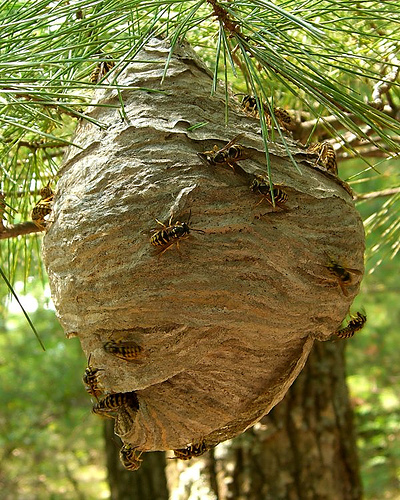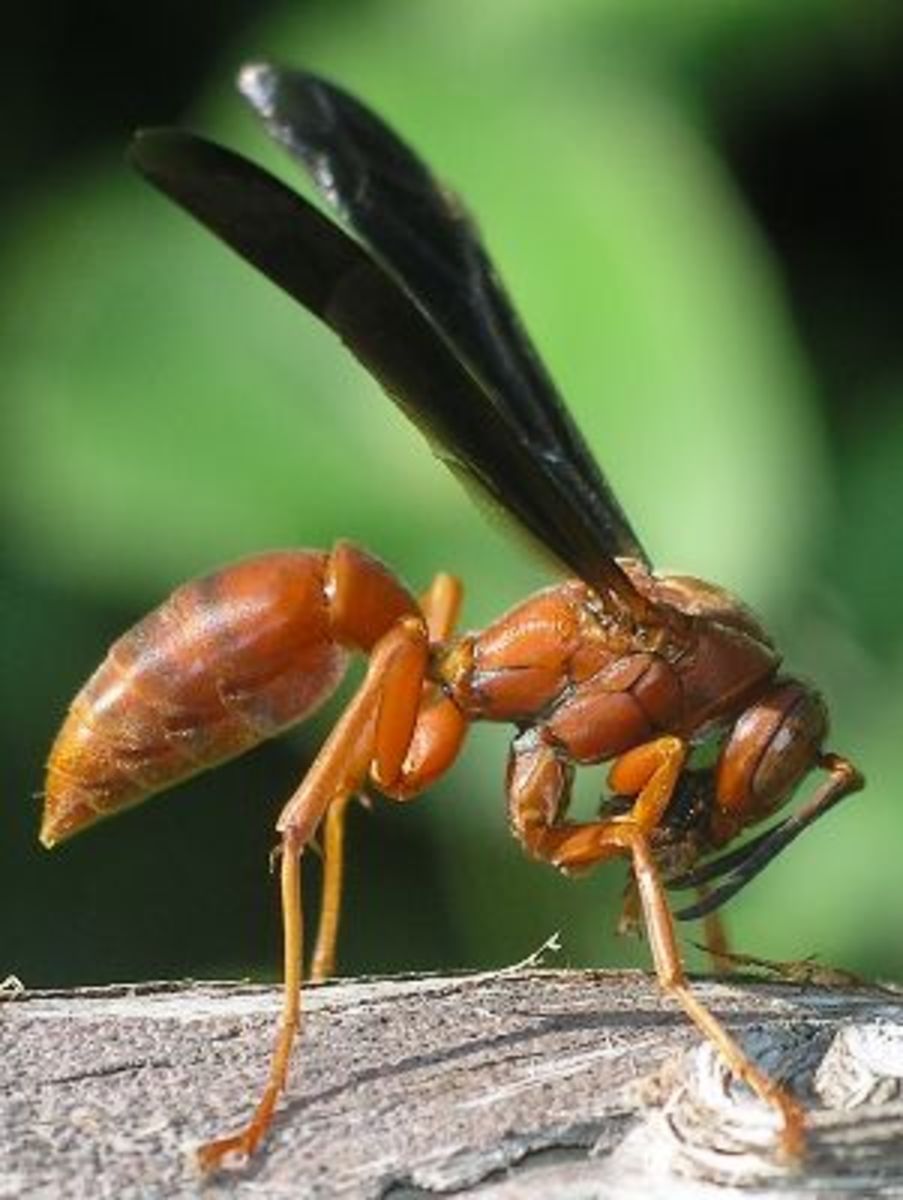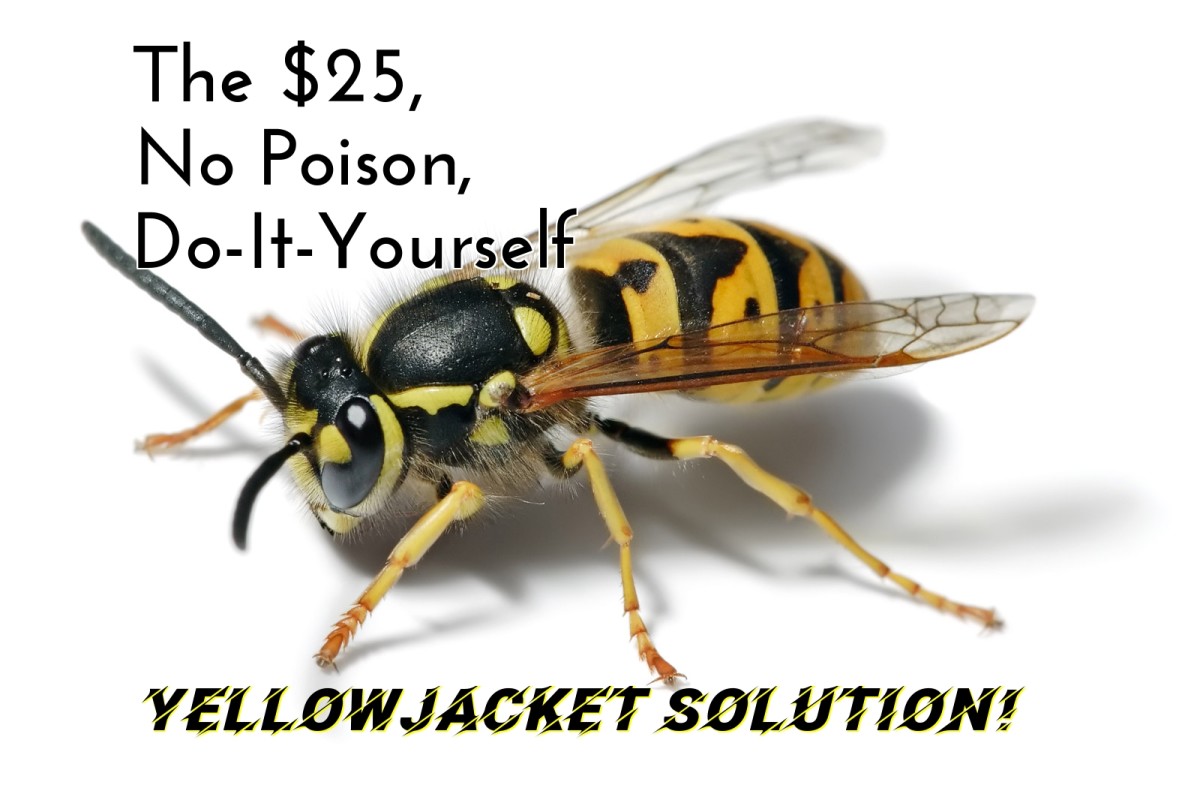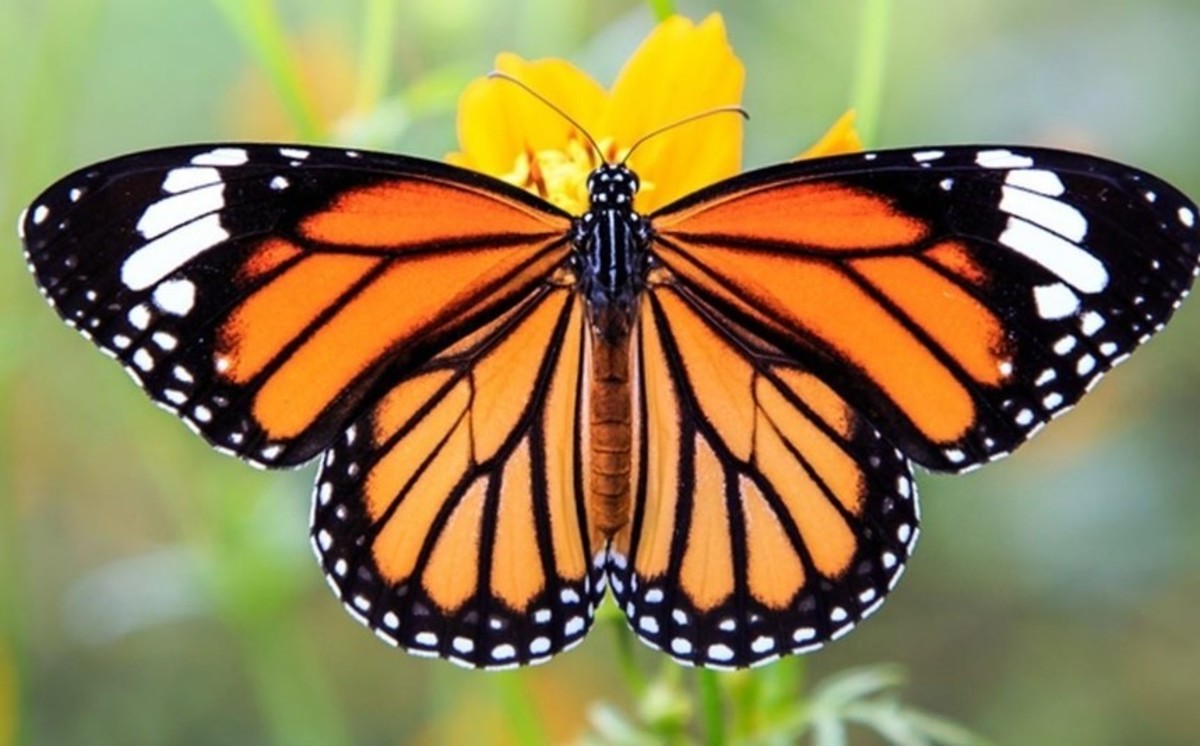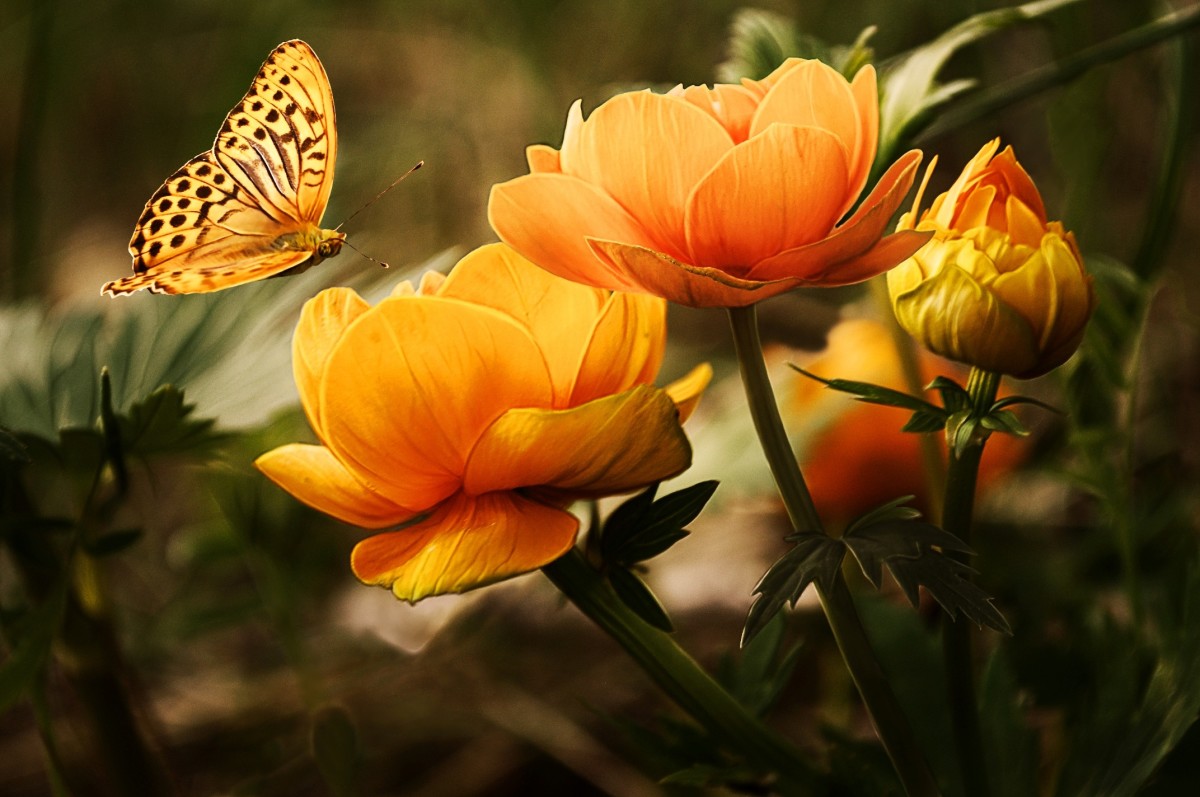- HubPages»
- Education and Science»
- Life Sciences»
- Entomology»
- Insects & Bugs
Killing Wasps and Hornets Quickly and Effectively Using Soap and Water and No Pesticides
Wasps. Hornets. Yellow Jackets. Flying, Stinging Things. They go by many different names and are a perennial problem for people all over the world. How to deal with them is the issue. If they must be destroyed, killing them effectively and in an environmentally friendly way is ideal. There is such a way and it is much easier than you might think. With simple ingredients you have around the house, you can keep your property wasp free for the entire season.
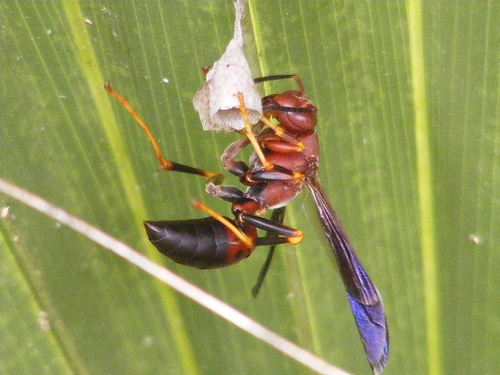
Know Your Enemy
Wasps fall into two main categories, namely social wasps and solitary wasps. Solitary wasps are not the wasps that we are concerned with, due to the fact that they travel by themselves and don't build nests. Social wasps, however, build nests and congregate around them. These wasps are the ones that present the problem for most people. Wasps build their nests in eaves, overhangs, attics, sheds, trees, garages, and other places where humans would like to be. Unfortunately both cannot often coexist is such places. Upsetting a solitary wasp is usually not a big deal. Upsetting a colony of wasps, in and around their nest, is usually a huge problem.
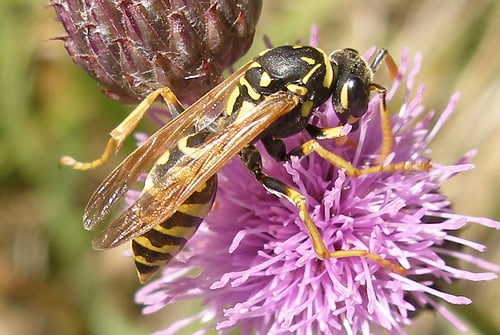
Poison?
There are countless poisons on the market that claim to kill wasps and hornets both quickly and effectively. For the most part they deliver. Many sprays can shoot over 20 feet, leaving you at a fairly safe distance as you douse the wasp nest with a lethal dose of poison. The issue is not the effectiveness of the poison, it is whether you want to spray that poison all over your house or yard or garage. What is the long term effect of that poison on the environment? Are there any dangers to humans and animals in the area? Does the poison leave a residue that will contaminate the area? Will the chemicals in the spray damage or discolor the paint or brickwork of the house? These are just some of the questions you may have.
A Better Solution
An easy way to avoid the questions and dangers posed by using various poisons and insecticides is to use soap and water to kill the troublesome wasps in your area. People have been using soap and water to kill bugs for decades. Certain insects are particularly susceptible to soap and water and they die rather quickly. It seems almost too simple to be true, but sometimes the simplest solutions work the best.
The soap that you will be using is common dish soap. Some people swear by a particular name brand, such and Ivory or Dawn, but any dish soap will do. Dish washing detergent and laundry detergent are different than dish soap and may have very different levels of effectiveness. The theory behind the effectiveness of the dish soap is its ability to coat the wasp's exoskeleton and cause suffocation. A side benefit, if applied generously enough, is that it will soak their wings as well and render them flightless. Thus, they will plummet to the ground and suffocate instead of flying around and causing a commotion.
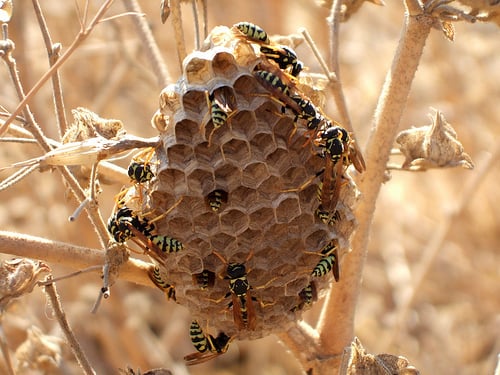
Preparation is Key
To prepare your wasp killing solution, mix in about two or three tablespoons of dish soap per quart of water. If you have a large sprayer, mix in about a quarter cup of dish soap per gallon. These are approximations because you don't have to have the exact amount in order to have a working solution. Make sure that the soap is mixed in well with the water.
The type of sprayer that you use is up to you and your comfort level. Some people use a simple hand held spray bottle. This can work for small nests with just a few wasps. It is easy to make and store a small bottle of soapy water, to use repeatedly throughout the season. The downside to having a small spray bottle is that you have to get fairly close to the nest that you are attacking. There are larger pump sprayers that can be purchased at almost any hardware store, that are much more effective. They typically hold about a gallon of liquid and are typically used for spraying poisons and fertilizers. The benefit of a pump sprayer is that they will spray a lot more water at the nest and they will spray effectively from a greater distance. The cost of purchasing such a sprayer is easily offset by the lack of having to buy poisons year after year.
The Proper Plan of Attack
Spraying should be done early in the morning or later in the evening, as long as there is enough available light. Insect metabolism is tied to temperature; they are far more active in the heat of the day. You will want to attack them when it is cool and they will be more slow to respond. Do not stand directly under the nest you are going to spray. If you are successful in your attack, the wasps should fall straight down, and you do not want them to fall on you, living or dead. Before you spray, pump or squirt your sprayer onto the ground a few times to make sure that you are not spraying air or plain water. You want the first drop that hits the nest to be soapy water.
Once you launch the attack, keep spraying until all the wasps have fallen from the nest. If you hit them with enough soapy water, they should fall quickly. After that is complete, look to the ground for any stragglers that are crawling around. Most likely they will be trying to climb up on anything they can find and attempting to fly again. Spray them until they are soaked. You may very well be surprised at how fast they suffocate and stop moving altogether. Depending on the type of wasp you are spraying they may be dead before they hit the ground.
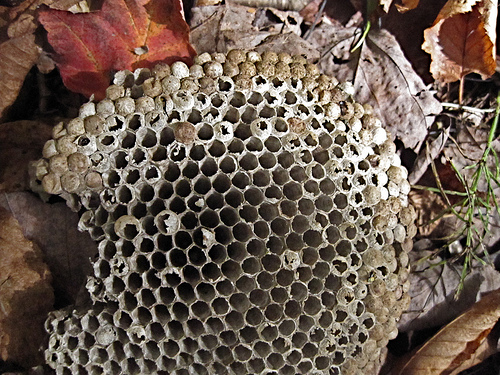
The Aftermath
After you have made sure that all of the wasps are dead, soak the nest thoroughly. Wait for about 15 minutes or so to see if any wasps that were not at home come back to the nest. If they do, spray them as well. After you have waited for a while, you will want to knock the nest down.
Since this is not a poison, you do not have to worry about what else you spray with it. There is a slight chance that soapy water can cause certain plants to “burn,” especially if they are left very soapy in the heat of the day. To guard against that, simply rinse the plants that may have been sprayed with fresh water. Also, since this is not a pesticide that leaves a residue, wasps may continue to try and build in the same area. Once the soap and water dries, it is no longer going to kill wasps. That is one of the main reasons that you will want to remove the nest – so they will have to start over if they decide to try and move back in.
A Few Final Thoughts
Wasps can still sting if they are recently dead. If you have killed the wasps in a high traffic area, you may want to sweep them up and dispose of them accordingly.
The nests of wasps are biodegradable. If you leave them out in the yard or the woods, nature will soon take its course and dispose of the nest. Scavengers will eat up anything that needs to be eaten and weather will do the rest. This is another reason that you want to knock down the dead nest; you don’t want scavenger insects congregating around your house.
Be smart. If you have a ridiculously large nest to get rid of, be sure and know when you should call a professional. A paper nest, even a large one, is not terribly dangerous. But, a large, classic hornet’s nest that is enclosed will be much more difficult to remove. Know when to call in the professional. It is better to be safe than stung!
